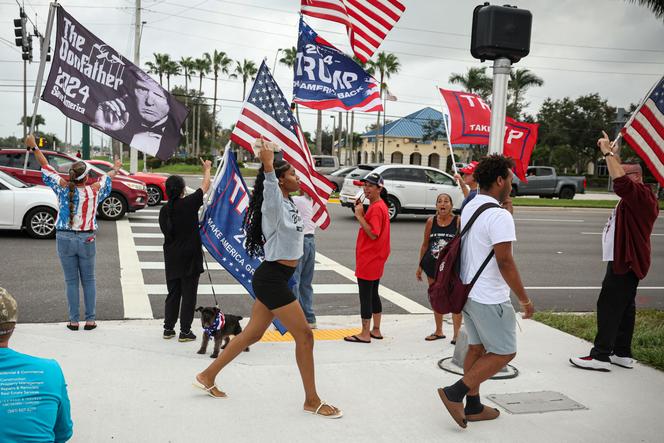


On the eve of the election, a caravan of vehicles of all sorts paraded through the suburbs of Phoenix, Arizona, disappearing under piles of flags bearing the Donald Trump's face. The rally's motto: "Too big to rig." This was the Trump campaign's instruction to his supporters across the country: vote en masse, so that any attempt by Democrats to challenge the results would be nipped in the bud.
A successful venture. Trump garnered more votes than in his two previous candidacies, washing away the shame of defeat in 2020. On Wednesday, he added Michigan to his conquest of what was supposed to be a 'Blue Wall' that would defend Kamala Harris's position (Michigan, Wisconsin, Pennsylvania). It was a victory so sweeping that he managed to win by a wide margin not only the electoral vote, crossing the fateful threshold of 270 with 295 votes, but also the popular vote, with 4.7 million votes ahead of his rival. No Republican has won the popular vote since George W. Bush in 2004.
An examination of the results by region and voter category shows not an upheaval or realignment, but an accentuation of the balance of power recorded in recent elections across the country and in virtually all voter categories. Red states have become more so. The swing states have become red − if his lead in Nevada and Arizona holds, Trump is on course to win all seven swing states. Blue states have become less blue, due in particular to the defection of some of the young and Latino vote.
These phenomena helped Donald Trump win the popular vote. An analysis by Politico also shows that turnout was higher in red counties. The "too big to rig" tactic paid off. Even in "safe" counties, Republicans turned out en masse to vote.
Overall, however, turnout was lower than in 2020, a record year due to the widespread use of absentee voting during the pandemic. Donald Trump had collected some 74.2 million votes. On November 5, he totaled 72.6 million, some 2 million fewer − but 9 million more than in 2016 (62 million). With some 67.9 million votes, Kamala Harris received 13.4 million fewer votes than Joe Biden in 2020 (81.3 million), a drop that raises a number of questions about the Democratic base and how well it can mobilize – even if some blame "voter suppression" tactics (restrictive measures to keep voters out) in Republican states.
Was it a problem of the message − or of the messenger? Harris hasn't lived up to the promises of her predecessors. While Donald Trump won Pennsylvania with 51% of the vote, his best score in the state since 2016, the Democrat garnered fewer votes there than Joe Biden did in 2020. Bucks County, in Philadelphia's affluent White suburbs, one of those scrutinized by analysts, flipped from Democratic to Republican. And when Harris did win, as in Allegheny County, the turnout, lower than in 2020, didn't allow her to accumulate enough votes to catch up.
You have 53.9% of this article left to read. The rest is for subscribers only.
